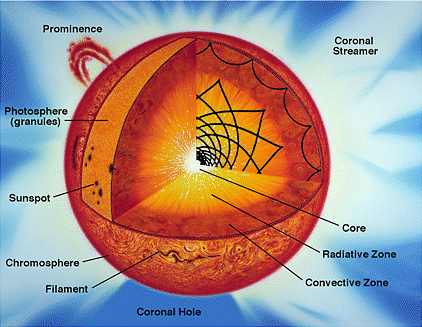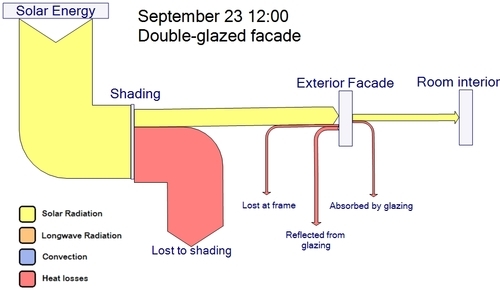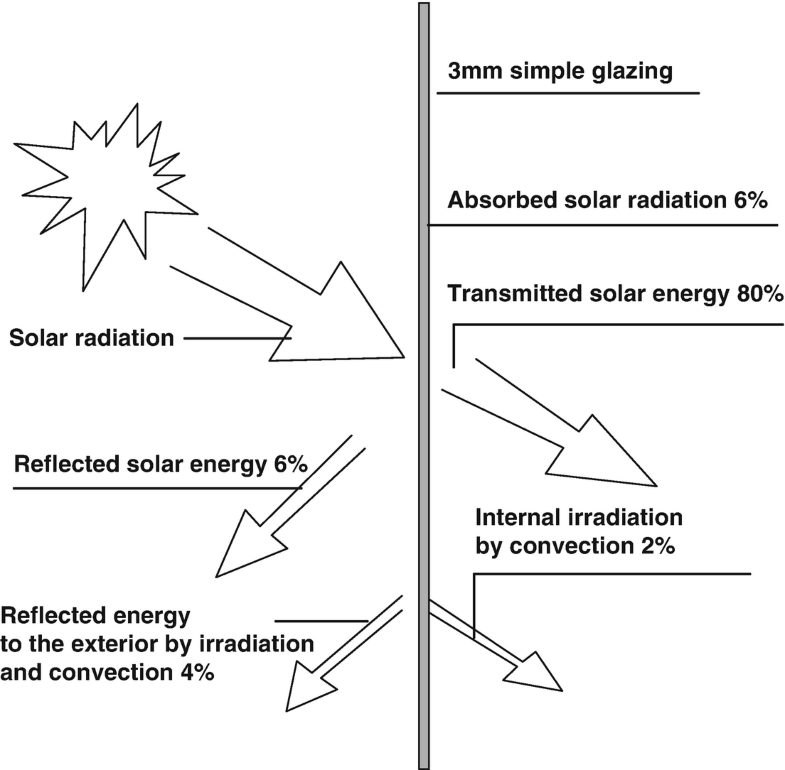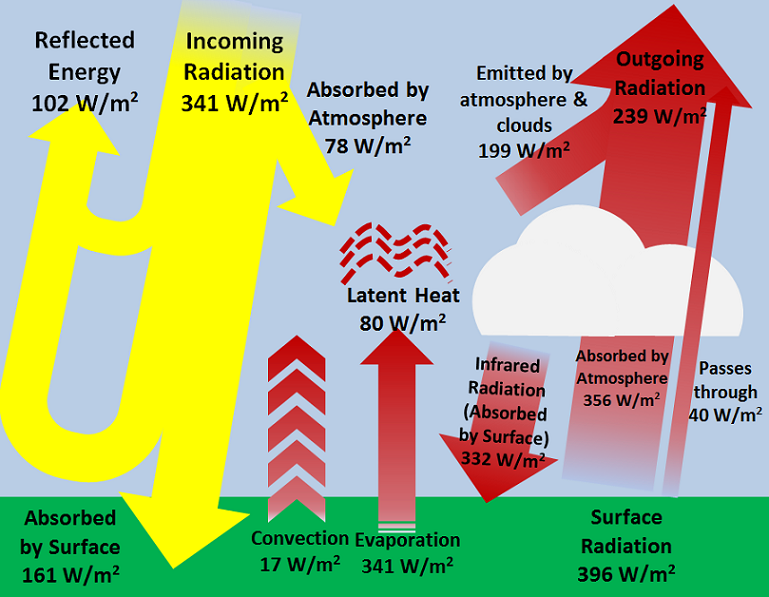Kreith and kreider suggested that the natural convection heat transfer model for a vertical flat panel proposed by eckert and jackson can be employed to compute the.
Internal natural convection solar panels.
Solar tachocline is the sharp transition region between the differentially rotating convective envelope in the sun and the uniformly rotating radiative interior.
The solar dynamics hot water system is your hottest choice.
The solar tachocline is a rotating stratified magnetized shear layer and it exhibits a complex array of physical phenomena including turbulent penetrative convection internal.
The equations in table 1 are all based on a simplified heat transfer model such as sphere horizontal flat panel or vertical flat panel.
Its heat retention is also the highest at 3 2 btu per hour.
The solar dynamics natural convection system is the caribbean s most efficient flat plate solar hot water system in the absorption of heat at 863 5 btu per sq ft as tested and rated by florida solar energy centre.
The absorption of solar energy in solutions with inorganic salts used in solar ponds can be represented by the sum of.
Natural forced internal and external convection with the form steady state heat exchanger effective surface.
Solar panels collect sunlight and convert it into energy and once that energy has been sent to an inverter it gets converted from dc energy to ac energy.
The solar energy absorbed is subsequently transferred to the interior partly by natural convection up the cavity and partly by conduction through the storage wall.
Internal convection heat transfer occurs between the fluid flowing in a pipe and the pipe internal surface.
Detailed information about the five equations for natural convection are as follows.


























